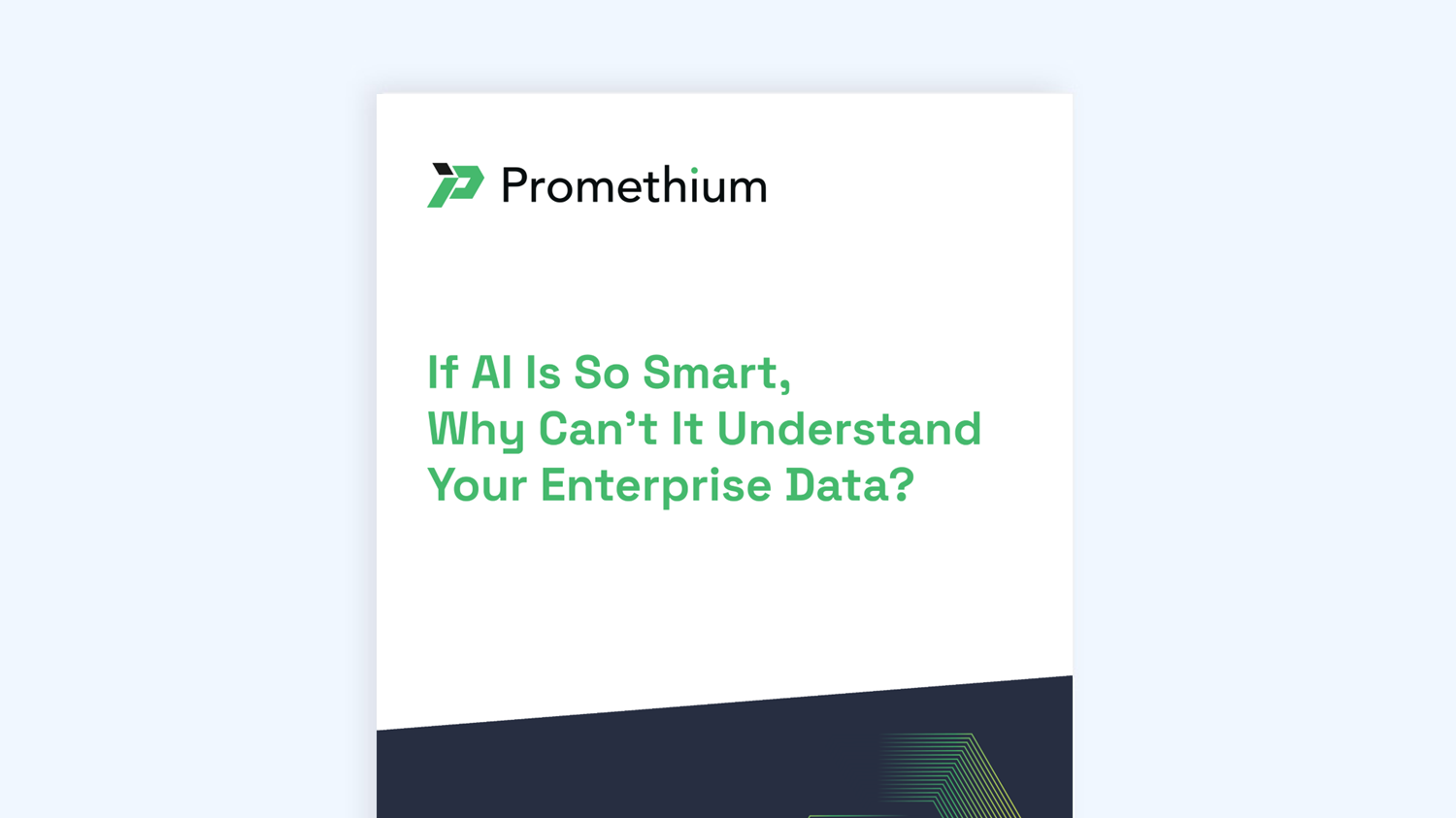WHY IT MATTERS
Trusted Data Answers Start with Context
Getting an answer is easy. Getting the right answer requires understanding what the data actually means. Even the most advanced AI systems can’t interpret user intent or align results with business logic without unified context. Definitions, metrics, and lineage are scattered across systems — causing inconsistent answers and eroding trust.
The 360° Context Hub fills this gap by combining business language, technical metadata, and usage history into one unified context model. Every query — whether human- or AI-generated — is grounded in the right definitions, relationships, and rules to deliver trusted, explainable results.



